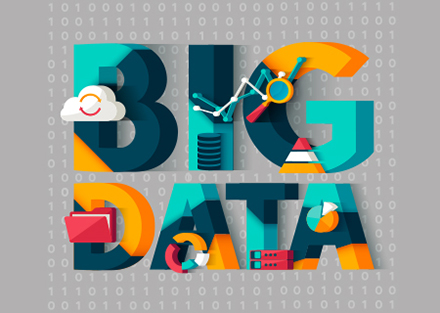The future's bright, the future's Big Data
Can Big Data go mainstream?
In 1999, the advent of blogging gave birth to what we’ve all come to know as the Web 2.0. From consumers of content generated by a very limited number of sources, internet users had become the creators of this content. The amount of information available ballooned, and suddenly everyone was given a platform large enough to become an influencer. It didn’t take long before businesses and ICT experts realised that the amount of data generated online, although almost impossible to manage, had huge potential for business intelligence. In 2010, former chairman of Google, Erick Schmidt, evoked how five exabytes of information had been created spanning from the dawn of civilisation up to 2003. Fast-forward to now, and we’re in the Big Data era where these same five exabytes are being generated every two days. In its raw form, Big Data is hard to exploit. But it was never meant to stay that way. Big Data is now predicted to become the cornerstone of the future Web 3.0 or ‘semantic web’, which will itself see a shift to mass production and pinpoint consumption. To get there, however, tools capable of processing and structuring Big Data, without the associated hefty price tag, will be required. Only a handful of companies currently have the skills and means to exploit Big Data, and this is seriously hindering the development of a market set to be worth USD 103 billion by 2027. With this issue of the research*eu Results Magazine, we wanted to get a sense of Big Data’s future. Will it become more accessible? Can its potential translate into applications that will change society for the better? To answer these questions, we delved into concrete applications for the likes of call centres, driverless cars and healthcare, but also into more horizontal research aiming to bridge the gap between the needs of businesses and often too complex and too expensive data mining software. All in all, our special feature section covers 11 recently or soon-to-be completed projects. The magazine continues with our usual thematic sections, as well as a list of upcoming events hosted by or involving EU-funded research projects. We look forward to receiving your feedback. You can send questions or suggestions to: editorial@cordis.europa.eu



